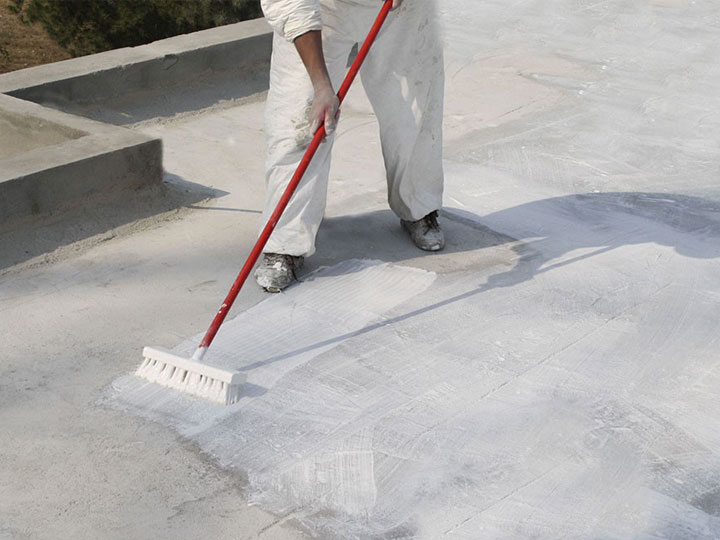Don't you get angry when your wall or roof gets soaked? Moisture penetration through concrete members is no joke since it can severely damage the structure and completely ruin the finishing. Therefore, ae should always try making the walls, roofs, concrete waterproof. Here are the basic methods to waterproof your concrete.
To begin with, we must take care to make the concrete, because a badly made concrete cannot be made waterproof. No kind of admixture or coating will prevent moisture penetration if the concrete is not good enough. So, first we will have to create the concrete well.
Normally, all concrete is porous to some degree in nature, and the moisture seeps through these microscopic pores in the concrete. So, our goal is to create the mix in such a way so that the resultant concrete is as little porous as possible.
To do this, we have to achieve a good proportion of non-porous aggregates in the mix to make the final product as dense as possible. Also, it should have a low water to cement ratio, that is, 0.54 or less. This is in order to ensure there are as few air bubbles as possible in the concrete.
When the concrete is already prepared, use this to protect it from water. In this method, the concrete or masonry surface is coated with multiple layers of alum and soap solutions, which makes the surface quite impermeable to moisture. These solutions, when dried out, form water-insoluble fillers in the pores of the concrete and so prevent the influx of further water.
Method of waterproofing concrete surfaces by applying alum and soap coats
To make the surface completely impervious to atmospheric water, you may need to apply the above three times consecutively, at least. Note that the concrete needs not be completely cured to begin applying the coats-in fact, experiments show that this coating method works best when the soap is applied while the concrete has just set and is still green.
However, these coats are ravaged by the flow of time and will slowly erode away in time, making them only reliable in short terms.
Hydrated lime, also generally known as fully slacked lime occupies twice the volume of dry cement and its very non-porous too. This is why it is good to add small amounts of hydrated lime to the concrete mix to make it waterproof.
The lime itself gets into pores of the concrete and therefore increases the water resistance of the concrete. Also, adding fully slacked lime to concrete increases its workability, so you wouldn't need to add so much water as compared to normal. This in turn will cause less bubbles in the concrete, making it less porous and more water-resistant.
Since this method makes the concrete intrinsically resistive to moisture, this is a very good way of making concrete waterproof. However, a word of caution here. Lime is an adulterant and it will decrease the strength of the concrete – so, where strength is the primary property of that concrete member, you had better stick to other methods.
